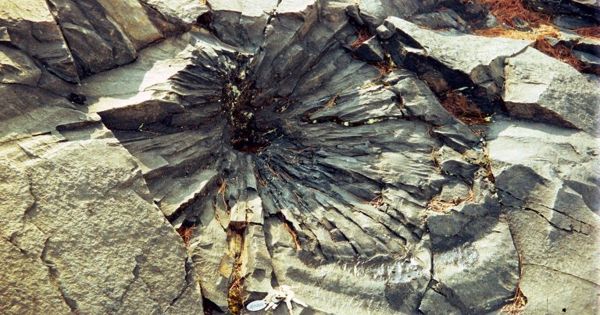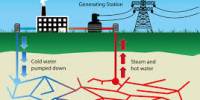According to recent University of Portsmouth research, shipping in the North East Atlantic has dramatically increased. Scientists are now warning that additional monitoring in the area is needed to help conserve marine life that is listed as being at risk.
The North East Atlantic region’s shipping rates increased by 34% over a five-year period, according to University of Portsmouth researchers. The rate of shipping increase in Marine Protected Areas is far more apparent and of great concern to scientists.
A 73% rise in the same time period is revealed by analysis of vessel motions in these fragile conditions. The study is the first comprehensive examination of maritime activity in the North East Atlantic, and it was published in Marine Pollution Bulletin.
Over 530 million vessel positions recorded by Automatic identification Systems (AIS) were used by researchers. Ten different vessel types were examined to see how shipping changed between 2013 and 2017.
In total the study area covered 1.1 million km2, including waters off Belgium, Denmark, France, Germany, Iceland, Ireland, The Netherlands, Norway, Portugal, Spain, and the UK
Lead author, James Robbins from the Institute of Marine Sciences at the University of Portsmouth, said:
“This change is likely to put more pressure on the marine environment, and consequently may have implications for the conservation of exposed and at-risk species. Renewed monitoring effort is needed to ensure that protective measures are adequate to conserve species under threat in a changing environment, where the footprint of human activities is expanding.”
Shipping is the most widespread human activity in our oceans, carrying a multitude of threats from subtle impacts like underwater noise pollution to dramatic outcomes when ships hit whales. We need to understand when and where shipping occurs in order to best mitigate these risks.
Dr. Sarah Marley
The very species that these zones are meant to conserve may be affected by the increased traffic in maritime protected areas. The effects of shipping on the marine environment can be very diverse, but among of the most pressing issues are the spread of invasive species, noise, chemical, and air pollution, collisions with wildlife, and marine litter.
Shipping has been found to be a likely method of unintended movement for more than half of non-indigenous species in European waters (Katsanevakis et al., 2013).
Once established and invasive, the species can have a detrimental effect on the ecosystems they inhabit. The Convention on Biological Diversity has identified invasive species as one of the largest threats to biodiversity worldwide.
Dr. Sarah Marley, Visiting Researcher at the University of Portsmouth and Lecturer at Scotland’s Rural College, said “Shipping is the most widespread human activity in our oceans, carrying a multitude of threats from subtle impacts like underwater noise pollution to dramatic outcomes when ships hit whales. We need to understand when and where shipping occurs in order to best mitigate these risks.”
The locations closest to the Spanish shore had some of the biggest maritime increases. The number of vessels using the Espacio Marino de la Costa da Morte increased by 413 percent. It is a location set aside to safeguard seabirds.
Increases in shipping were also observed in a number of sites near the Hebrides off the west coast of Scotland. Around the Inner Hebrides and the Minches, an area set aside to safeguard harbour porpoises, there was a growth of 463%.
The Vadehavet med Ribe Å, Tved Å og Varde Å vest for Vard off the coast of Denmark, where fish, seals and harbour porpoises are protected saw a 443 per cent increase in ship movements.
University of Portsmouth researchers are urging decision-makers to keep a careful eye on shipping growth. They contend that shipping will probably continue to pick up as global trade and development are fueled by the growing human population.
Current predictions are for a global increase of between 240 per cent and, 1209 per cent by 2050. Professor Alex Ford, from the University’s Institute of Marine Sciences, said:
“Given the well-documented impacts that shipping can have on the marine environment, it is crucial that this situation continues to be monitored particularly in areas designated to protect vulnerable species and ecosystems which may already be under pressure.”
















